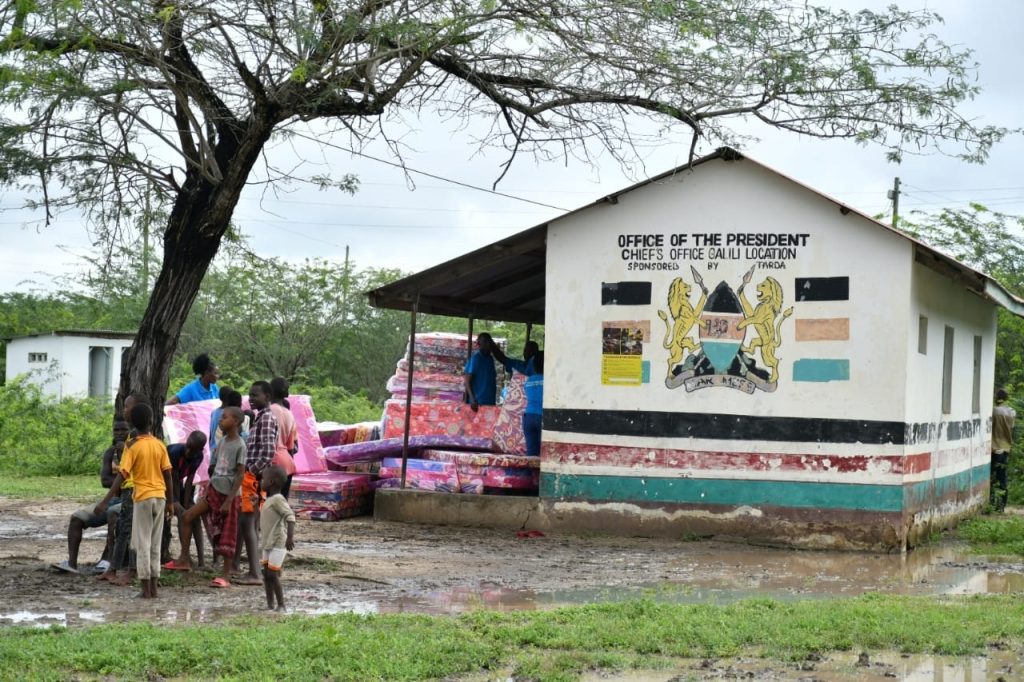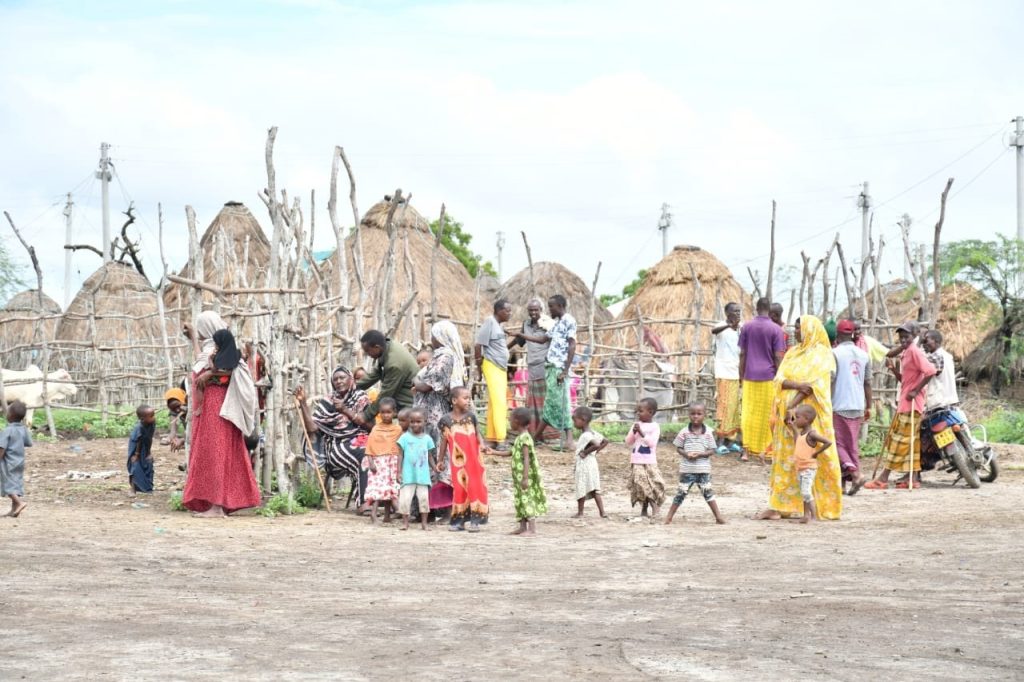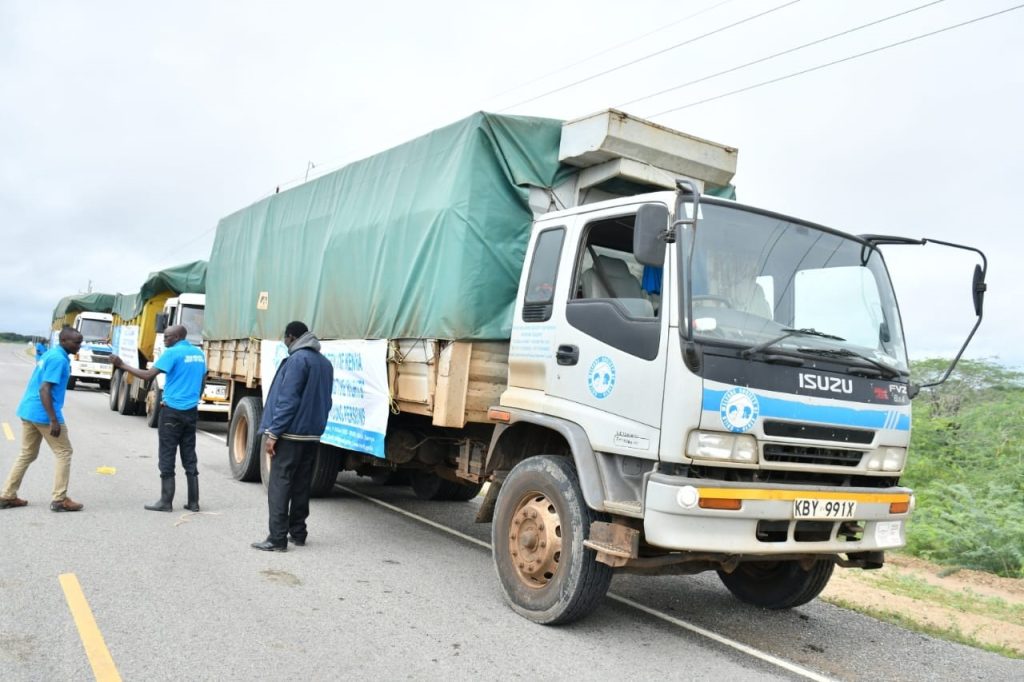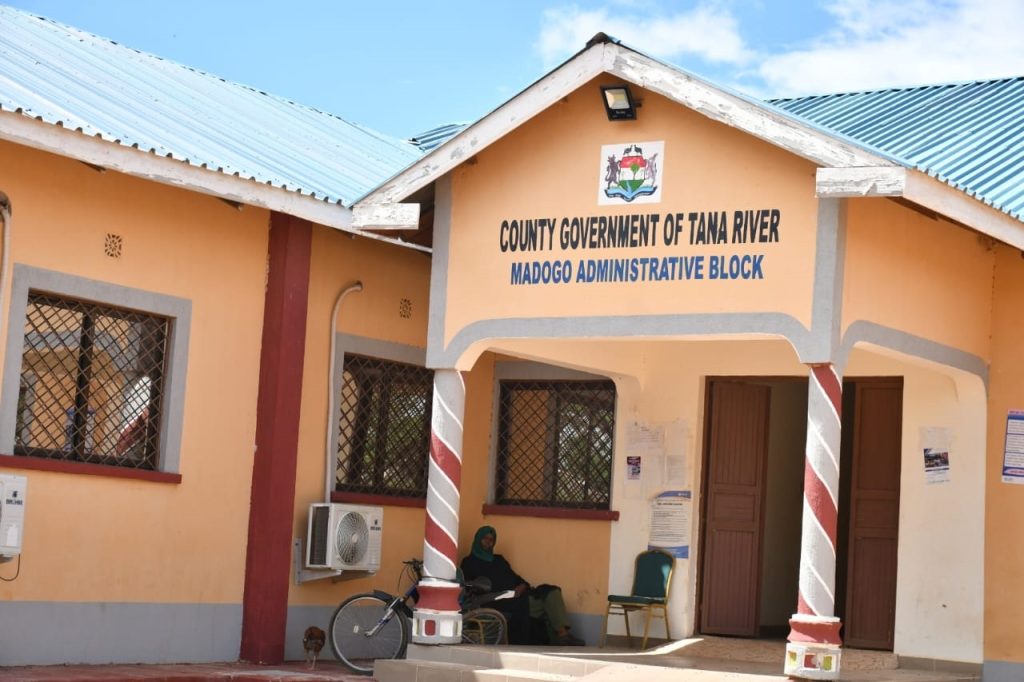Child Welfare Society of Kenya (CWSK) is leading an emergency response in flood-hit sub counties of Tana River targeting 24,000 children in 6000 households.
Labour and Social Protection Cabinet Secretary Florence Bore and the organsiation’s CEO Irene Mureithi are overseeing the massive exercise that kicked off Wednesday morning in the region cut off by floods.
The state agency that is charged with the care, protection, welfare and adoption of children in the country is responding to the needs of thousands of children whose families have been adversely affected by the continuing heavy rains.

There are fears that the crisis may escalate after Tana and Athi Rivers Development Authority (TARDA) Tuesday night issued an advisory warning of increased flooding due to rising water levels at Tana River.
Together with the national government, the society which is working closely with the multi-agency teams on the ground, local leaders, and the county government has ramped up support for the victims by providing necessities, including food and non-food items in Garsen, Hola, and Madogo.



Roads have been cut off by floods (Photo/Jackson Mnyamwezi)” In such situations, children are the most affected when their protective environments and homes are destroyed. It is our responsibility to come to their rescue and we will extend this intervention to other affected areas” Child Welfare CEO Irene Mureithi affirmed.

 The intervention comes in the wake of an appeal by the government to development partners, counties, and other key agencies to assist residents affected to reduce their suffering.
The intervention comes in the wake of an appeal by the government to development partners, counties, and other key agencies to assist residents affected to reduce their suffering.
The El-Nino rains have caused havoc in more than 19 Counties in the Arid and Semi-Arid Lands (ASAL) and non-ASAL areas.
Deputy President Rigathi Gachagua who gave a brief on the current flood situation in the country on Friday said Wajir, Isiolo, Mandera, Marsabit, Tana River and Garissa counties were the worst hit.
” I request the Counties to reallocate resources for this emergency. I would like to call upon humanitarian Organisations, Counties, our development partners, other stakeholders, and communities to continue working as a team to prevent escalation of the humanitarian situation” he appealed.
Meanwhile, the Tana and Athi Rivers Development Authority (TARDA) has issued an advisory warning of rising water levels at Tana River.
The Authority has urged residents of Tana River Delta and surrounding areas of Garissa, and Kitui counties to move to higher ground.
According to the advisory, the rising water levels at the Garissa bridge from October 29 to November 12 started at 3.40 meters.
The levels then fluctuated and peaked at 5.80 meters on November 10 before slightly decreasing, with readings as of Tuesday, November 14 showing that the water levels were at 5.10m
“The data reveals a significant increase in water levels, posing a heightened risk of flooding to the surrounding areas. The rising water levels at the Garissa bridge from October 29th to November 12th, 2023, started at 3.40 meters, fluctuated and peaked at 5.80 meters on November 10th before slightly decreasing, with readings for November 14 stipulating that the water levels were at 5.10m, indicating the potential for further escalation of the crisis”, it reads.
Tarda said the crisis is a result of the ongoing heavy storms and enhanced rains attributed to El Nino conditions and a positive Indian Ocean Dipole.
“TARDA remains committed to working in collaboration with various stakeholders across the board from various sectors to address the immediate and long-term needs arising from the flooding crisis. We will continue assessing the flood situation and providing essential advice on relocating to safer areas in collaboration with the relevant agencies” it said.
Photos by Jackson Mnyamwezi.





